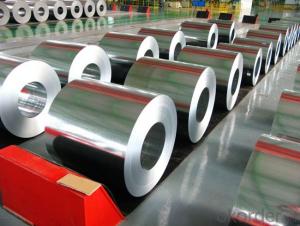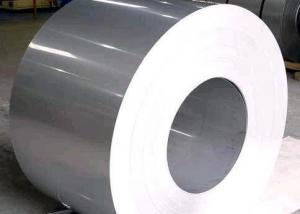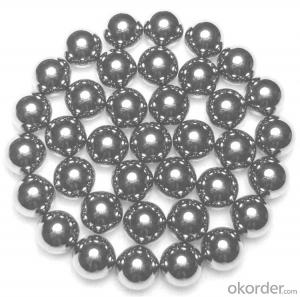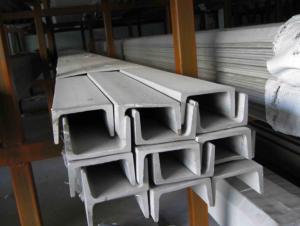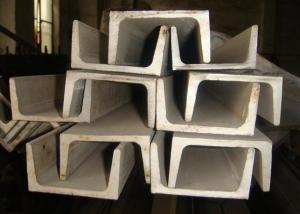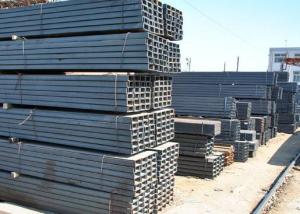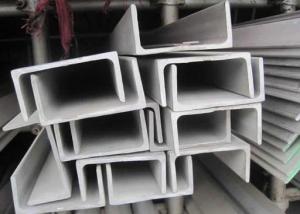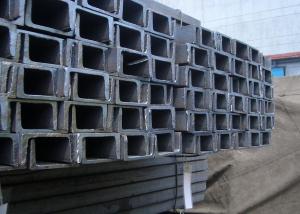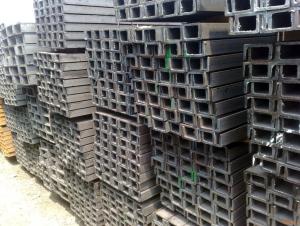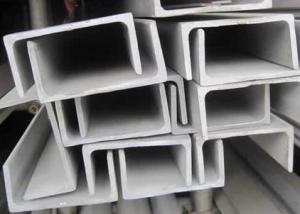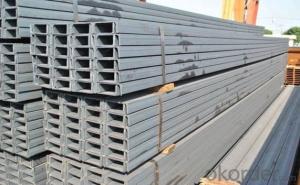Sus304 Stainless Steel Faucet
Sus304 Stainless Steel Faucet Related Searches
Best Paint For Stainless Steel Blanket Insulation For Steel Buildings Primer For Galvanized Steel Foam Filter For Stainless Steel H S Code For Stainless Steel Surface Grinding Wheels For Stainless Steel Surface Grinding Wheels For Hardened Steel Hole Saw For Stainless Steel Paint For Stainless Steel Stainless Steel For BbqHot Searches
Steel Mesh Panels For Sale Price For Stainless Steel Scrap Scrap Price For Stainless Steel Price For Stainless Steel Stainless Steel Tank For Sale Stainless Steel Sheets For Sale Cheap High Tea Sets For Sale Stainless Steel Tanks For Sale Stainless Steel For Sale High Density Fiberboard For Sale Solar Hot Water Collectors For Sale Scaffolding For Sale In Uae Scaffolding For Sale In Ireland Scaffolding For Sale In Houston Type Of Inverter For Solar Price Of Shipping Containers For Sale Types Of Inverter For Solar Stock Price For Aluminum Used Solar Inverter For Sale Steel Mesh Panels For SaleSus304 Stainless Steel Faucet Supplier & Manufacturer from China
Okorder.com is a professional Sus304 Stainless Steel Faucet supplier & manufacturer, offers integrated one-stop services including real-time quoting and online cargo tracking. We are funded by CNBM Group, a Fortune 500 enterprise and the largest Sus304 Stainless Steel Faucet firm in China.Hot Products
FAQ
- Stainless steel channels have a significant impact on building sustainability certifications in various ways. Firstly, their durability and long-lasting nature ensure that the building's structural components remain intact and free from corrosion, weathering, and other forms of degradation. This reduces the need for frequent replacements or repairs and minimizes the environmental impact associated with producing and disposing of building materials. Moreover, stainless steel channels are produced from recycled materials and can be recycled themselves. The production process involves melting down scrap steel and reusing it to create new channels. This incorporation of recycled content helps reduce the demand for virgin raw materials, conserves energy, and minimizes waste generation. Additionally, stainless steel possesses excellent fire resistance properties, making it a safe and sustainable choice for building construction. It does not contribute to the spread of flames or emit toxic gases when exposed to high temperatures. By meeting fire safety requirements and reducing the potential for environmental harm caused by fires, stainless steel channels positively impact a building's sustainability certifications. Furthermore, stainless steel channels have a high strength-to-weight ratio, allowing for lightweight construction without compromising structural integrity. This characteristic enables the use of smaller and more efficient structural elements, reducing material consumption and overall weight. Consequently, the building's carbon footprint is reduced as less energy is required for transportation and installation. Lastly, stainless steel channels are resistant to pests such as insects and rodents, which can cause significant damage to buildings over time. By preventing pest intrusion, stainless steel channels contribute to the long-term sustainability and durability of the building, eliminating the need for chemical pest control methods that may harm the environment. In conclusion, stainless steel channels contribute to building sustainability certifications by providing durability, recyclability, fire resistance, lightweight construction, and pest resistance. These attributes help minimize the environmental impact of construction and promote the long-term sustainability of buildings.
- Yes, stainless steel channels can be used for roof support structures. Stainless steel is a durable and corrosion-resistant material, making it suitable for various construction applications, including roof support structures. Its strength and stability make it an ideal choice for providing structural support and ensuring the longevity and integrity of the roof.
- To calculate the deflection of a stainless steel channel, several factors need to be considered. These include the channel's dimensions, material properties, load distribution, and support conditions. The deflection can be determined using mathematical equations, such as the Euler-Bernoulli equation for beams, or finite element analysis software. It is crucial to consult engineering references or seek the assistance of a structural engineer for accurate calculations and to ensure the channel's strength and stability.
- Certainly! Platforms can indeed make use of stainless steel channels. Stainless steel channels have gained a reputation for being long-lasting, sturdy, and resistant to rust, which makes them an excellent choice for construction purposes. When it comes to platforms, it is crucial to utilize materials that can endure substantial weights and handle different environmental situations, and stainless steel channels fulfill these criteria. By incorporating stainless steel channels, one can establish a robust and supportive framework for platforms. Moreover, these channels can be tailored to match specific platform designs, ensuring an accurate and secure installation. All things considered, stainless steel channels offer a dependable and adaptable solution for constructing platforms.
- There are several different shapes of stainless steel channels available, each designed to suit specific applications and requirements. Some of the commonly available shapes include: 1. U-Shaped Channels: These channels have a U-shaped cross-section, with two parallel flanges and a flat base. They are commonly used for structural applications where strength and stability are essential. 2. C-Shaped Channels: Also known as C-channels or C-sections, these channels have a C-shaped cross-section with a flat back and two perpendicular flanges. They are often used for framing and support applications in construction, as well as in automotive and manufacturing industries. 3. Hat Channels: Hat channels, also referred to as H-sections, have a shape resembling an inverted hat. They have two parallel flanges connected by a flat base, providing excellent strength and load-bearing capabilities. These channels are commonly used in construction, especially for framing and supporting walls, ceilings, and roofs. 4. Box Channels: Box channels, also known as square or rectangular channels, have a hollow, box-like cross-section. They feature four sides, including two parallel flanges and two perpendicular walls. These channels are often used in applications requiring high strength and rigidity, such as machinery construction and architectural structures. 5. Miscellaneous Channels: Apart from the standard shapes mentioned above, there are also various specialty stainless steel channels available. These include tapered channels, custom profiles, and channels with rounded edges, among others. These unique shapes cater to specific design requirements and can be found in various industries, including aerospace, marine, and interior design. It is essential to consider the specific application, load-bearing requirements, and desired aesthetics when selecting the appropriate shape of stainless steel channel for a particular project. Consulting with a professional or supplier can help determine the most suitable shape for your specific needs.
- Indeed, cable management systems can make use of stainless steel channels. Being a resilient and corrosion-resistant substance, stainless steel is an excellent choice for safeguarding and arranging cables. These channels offer a reliable and structured route for cables, effectively averting entanglement and minimizing the likelihood of harm. Moreover, stainless steel channels exhibit remarkable endurance against various environmental circumstances, rendering them well-suited for both indoor and outdoor cable management systems.
- Some of the different finishes available for stainless steel channels include brushed or satin, mirror or polished, and textured or embossed finishes.
- There are several load testing methods that can be used to evaluate the strength and performance of stainless steel channels. These methods include: 1. Static Load Testing: This method involves applying a constant load to the stainless steel channel and measuring the deflection or deformation over a period of time. It is commonly used to determine the maximum load capacity and the structural integrity of the channel. 2. Dynamic Load Testing: In this method, the stainless steel channel is subjected to dynamic loads, such as vibrations or impact loads, to assess its ability to withstand sudden or repetitive forces. This method is particularly useful in evaluating the resilience and durability of the channel under real-world conditions. 3. Fatigue Testing: Fatigue testing involves subjecting the stainless steel channel to a repeated load or stress cycles to simulate the effects of long-term usage. This method helps determine the channel's resistance to fatigue failure and its expected lifespan. 4. Tensile Testing: Tensile testing is performed by applying an axial load to the stainless steel channel until it reaches its breaking point. This method measures the channel's ultimate tensile strength, yield strength, and elongation, providing valuable information about its mechanical properties and suitability for specific applications. 5. Shear Testing: Shear testing involves applying a force parallel to the plane of the stainless steel channel to determine its shear strength. This method is crucial in assessing the channel's resistance to lateral forces and its ability to handle load distribution. 6. Buckling Testing: Buckling testing is utilized to determine the critical buckling load of the stainless steel channel. By applying gradually increasing loads, this method identifies the point at which buckling occurs, enabling engineers to design structures that can withstand the expected loads without failure. 7. Finite Element Analysis (FEA): Although not a physical testing method, FEA is a powerful simulation technique used to predict and analyze the behavior of stainless steel channels under various loads. By simulating the load distribution and stress patterns, FEA can provide valuable insights into the channel's performance and optimization possibilities. It is important to note that the selection of the appropriate load testing method depends on the specific requirements, intended application, and regulations governing the stainless steel channel. Consulting with experts and conducting a comprehensive evaluation is essential to ensure accurate and reliable results.





















